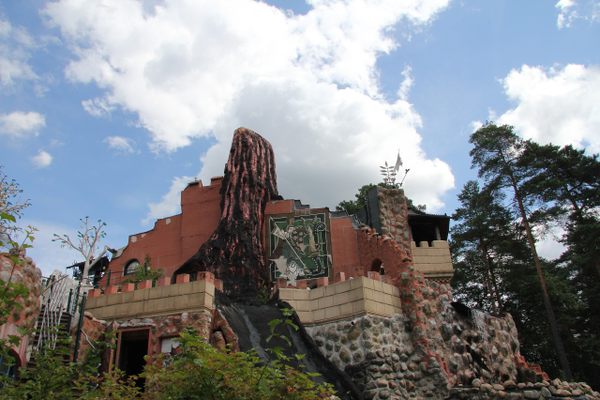About
Built by the French army in 1804, this landmark in the heart of the Netherlands is modeled after the Pyramid of Khufu in Egypt. Just a few years after its construction, the name was changed to commemorate Napoleon's victory in the 1806 Battle of Austerlitz.
The original pyramid, which was made of earth and sand terraces in just 27 days, didn't survive very long, quickly eroded by unforgiving weather conditions. The original needle atop the hill was made of wood, but met the same end as the original earthen construction, strong winds and rain quickly demolishing the obelisk. Finally, a stone spire was constructed, but initial efforts to keep the man-made hill in good repair were met with continual setbacks, and the pyramid fell into disrepair for much of the 20th century.
Luckily, in the early 2000's restoration of the monument began, and the current pyramid is composed of lush grass-covered steps leading up to the crowning obelisk. While the structure is still quite delicate, thanks to the placement of a metal framework visitors can actually climb the central staircase up to the obelisk. The Pyramid of Austerlitz is currently a popular tourist attraction surrounded by a fun fair, cafe and other modern amenities.
Related Tags
Know Before You Go
The pyramid is easily reached by car. Parkingarea is along the N224 heading east from Zeist.
Travelling with public transport, bus nr. 81 from Driebergen-Zeist trainstation stops right in front of the tiny visitors' centre.
Community Contributors
Added By
Published
August 15, 2013




























